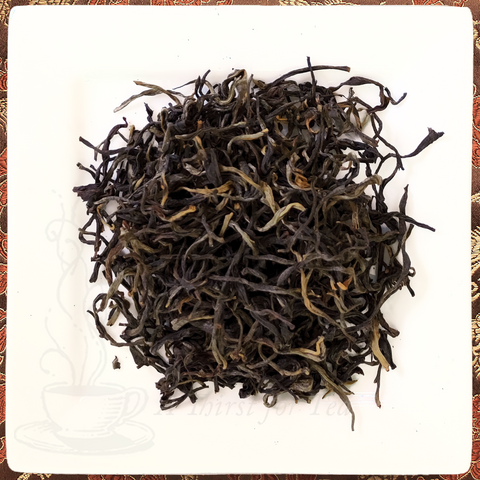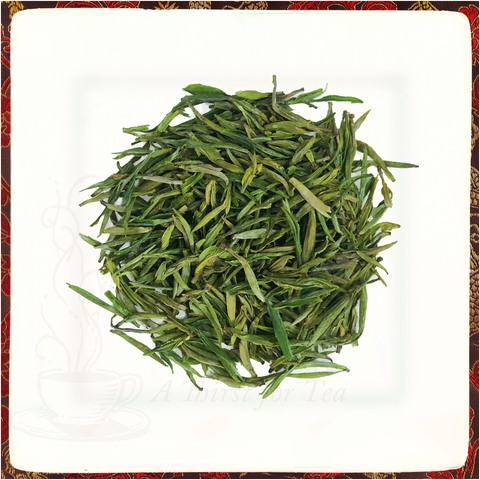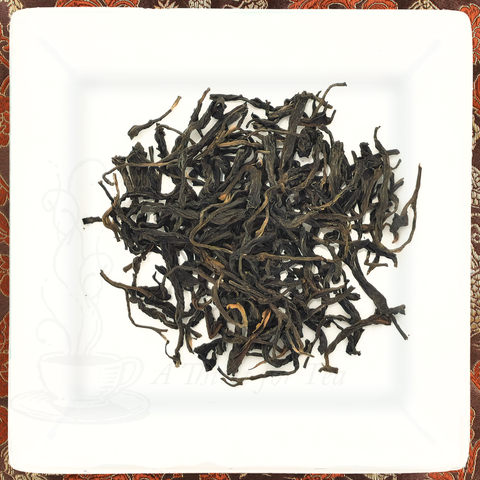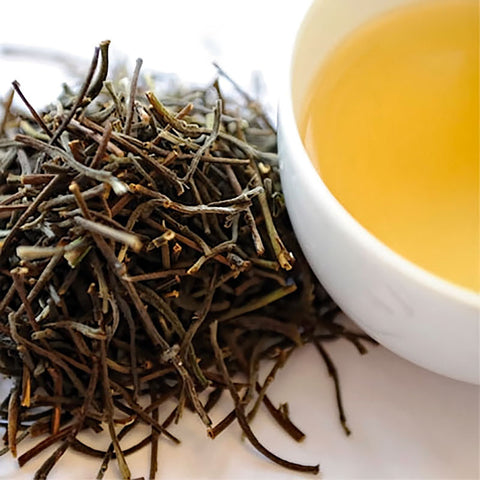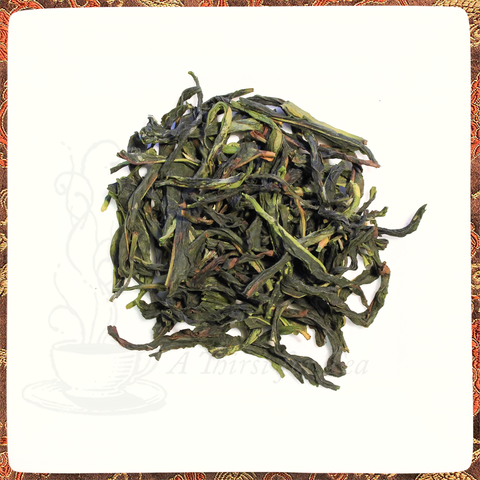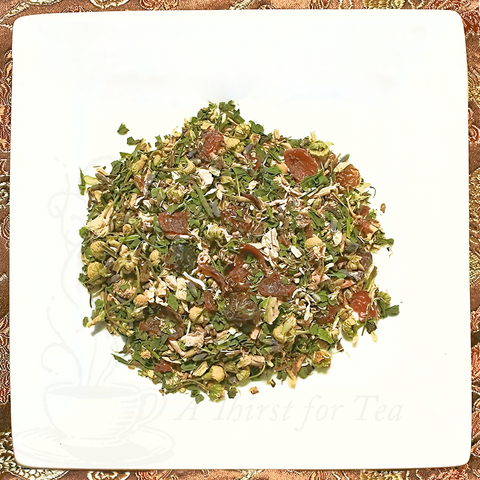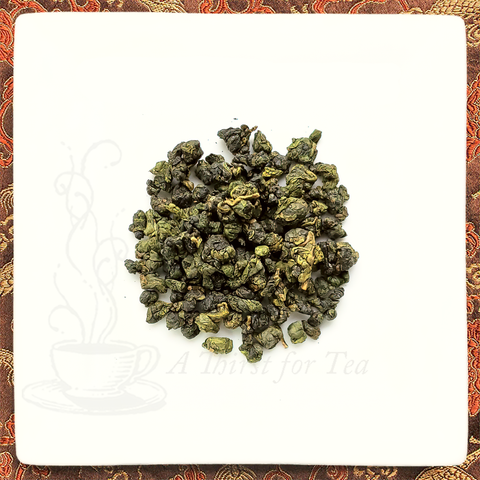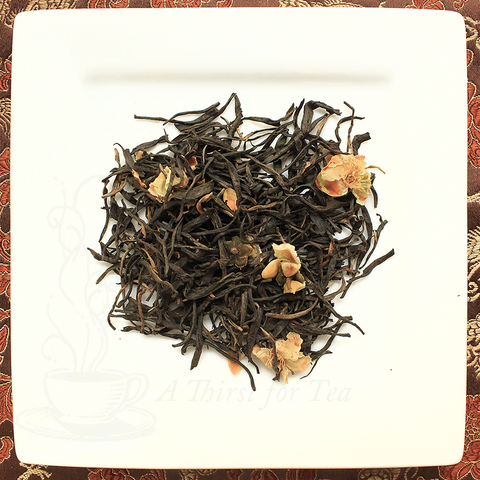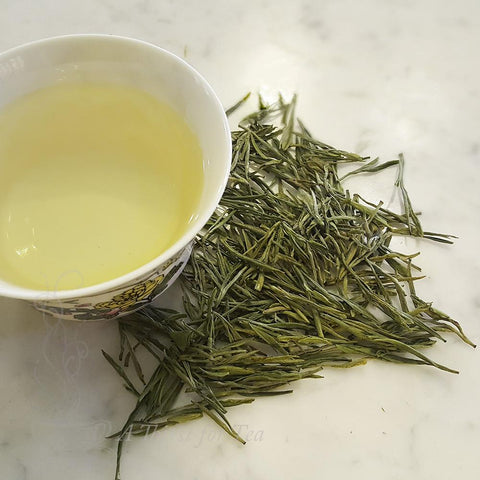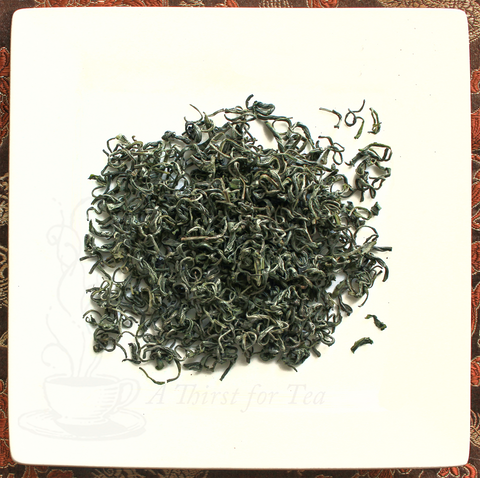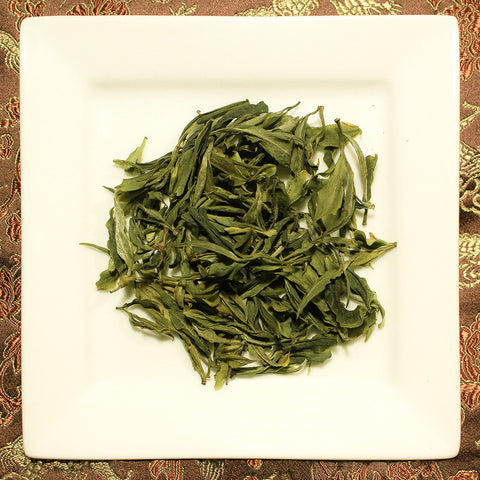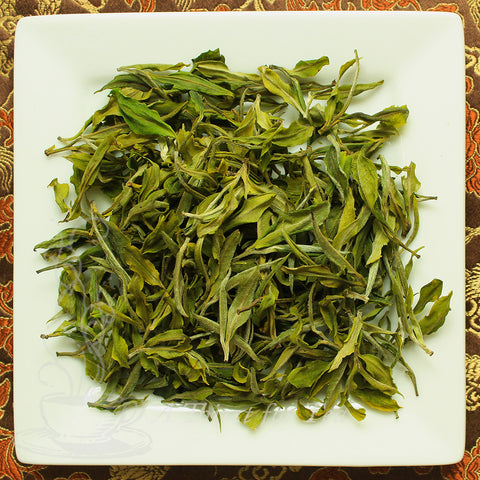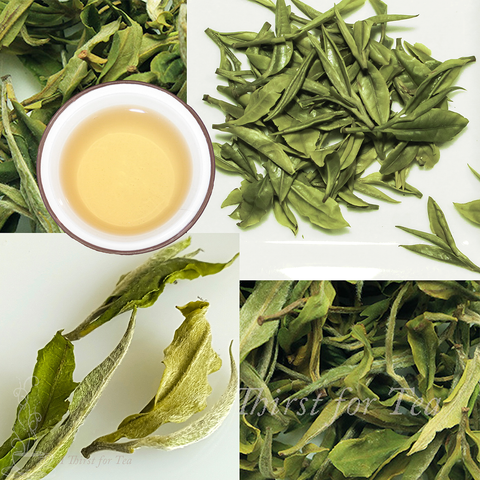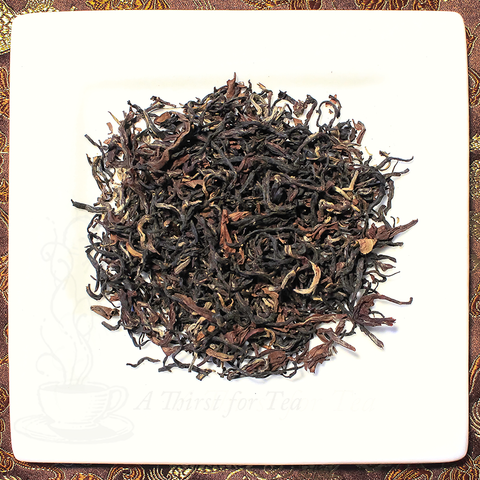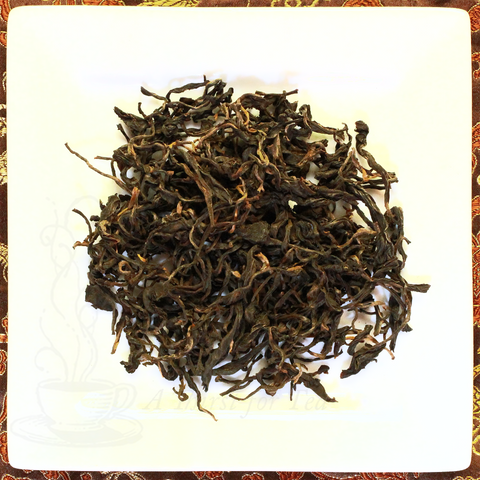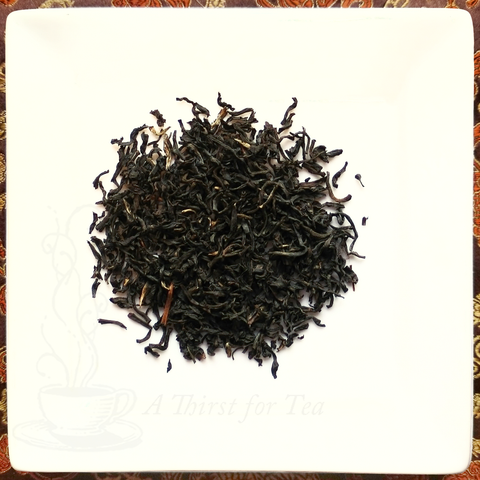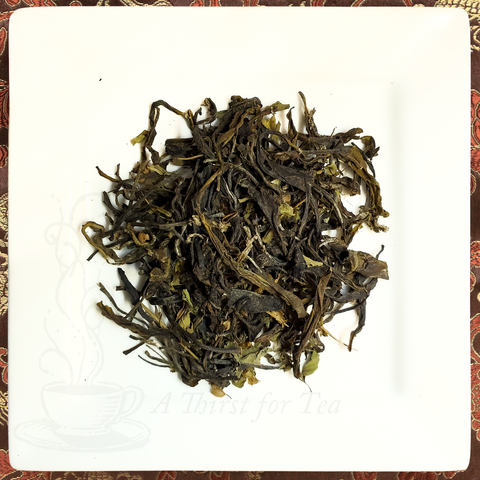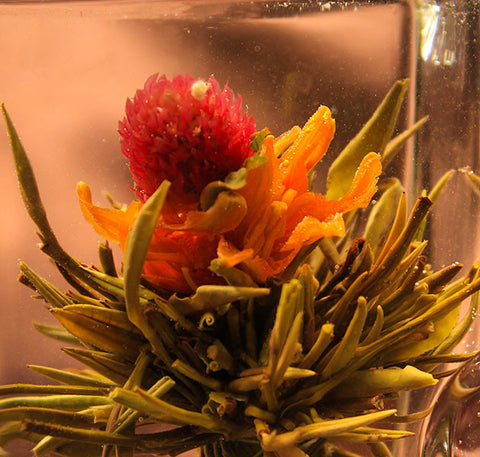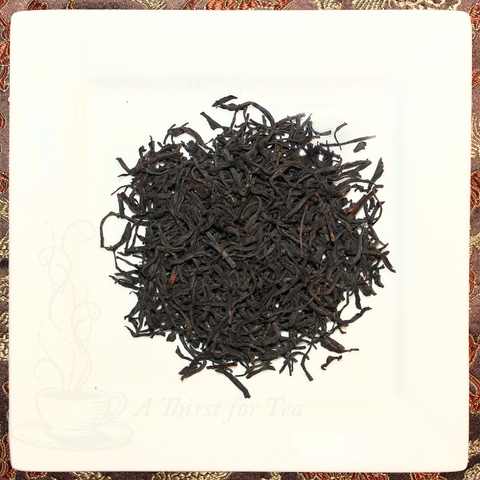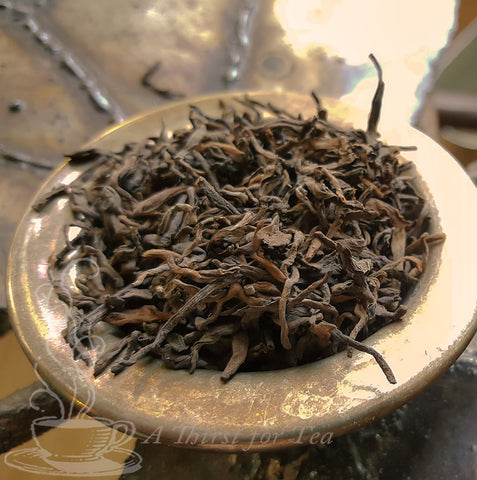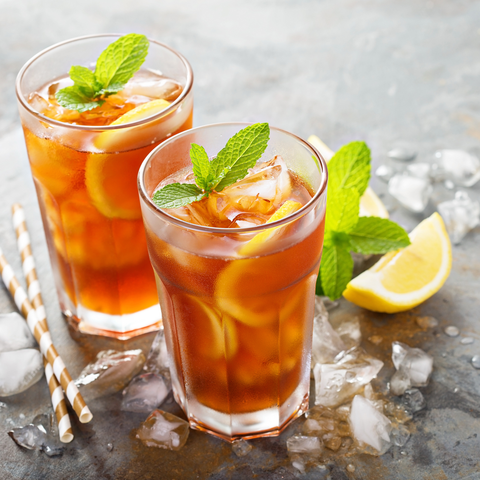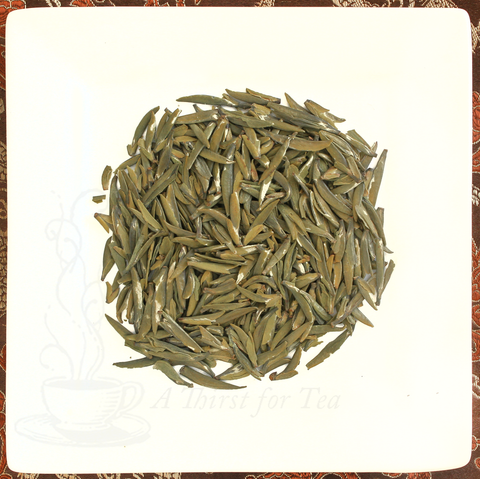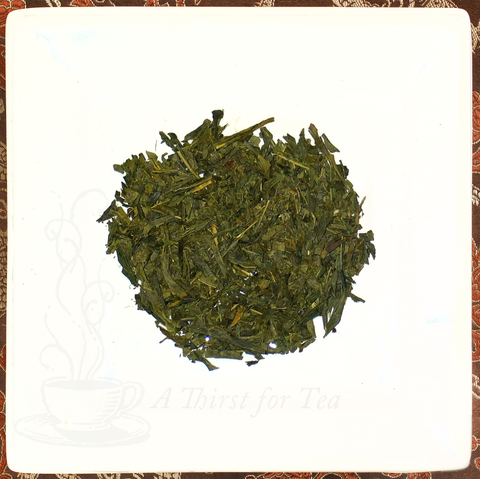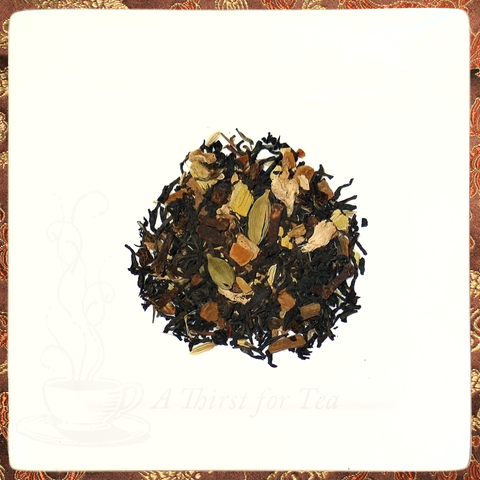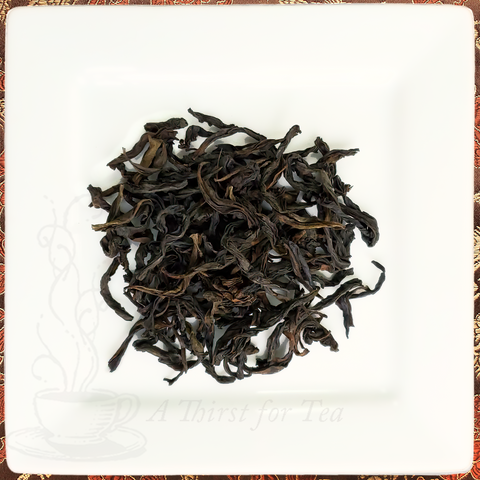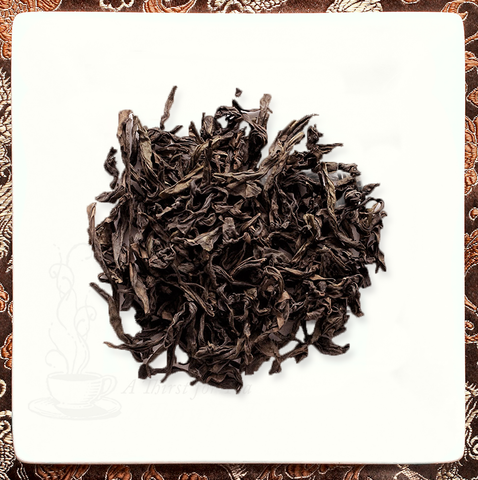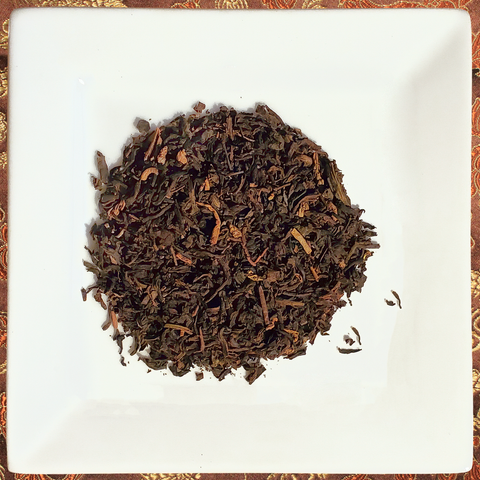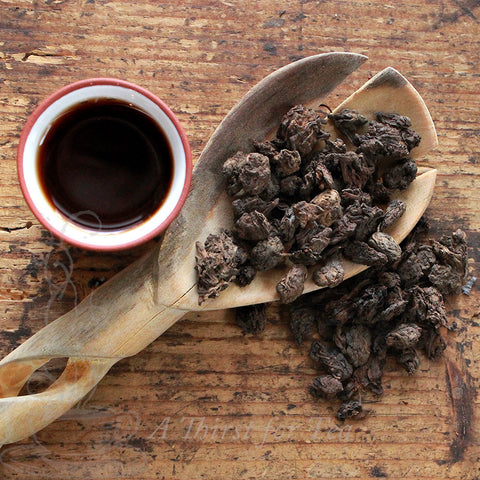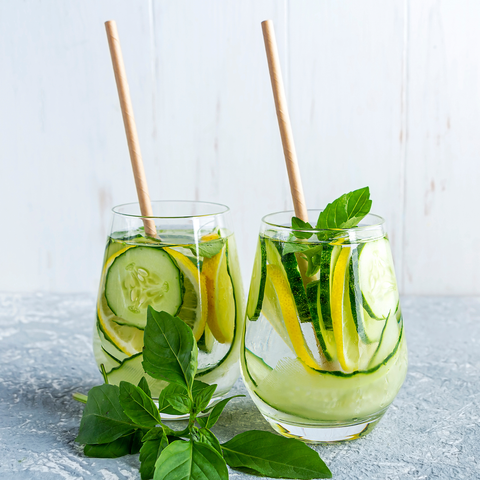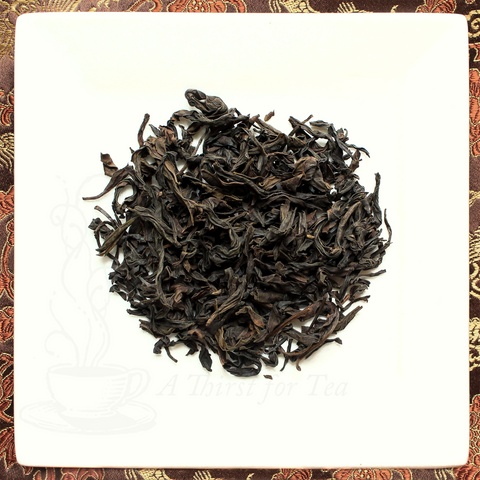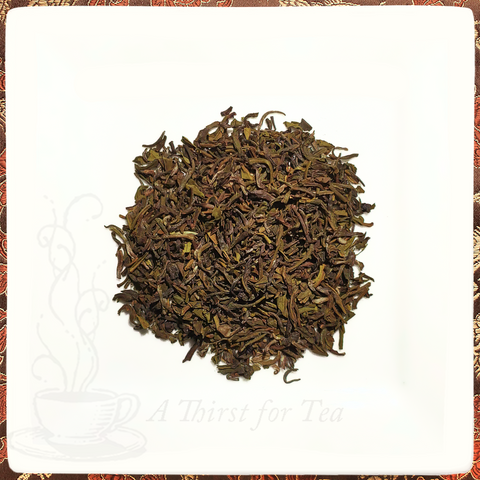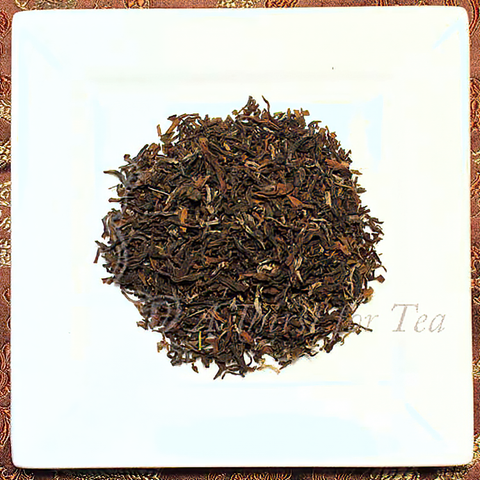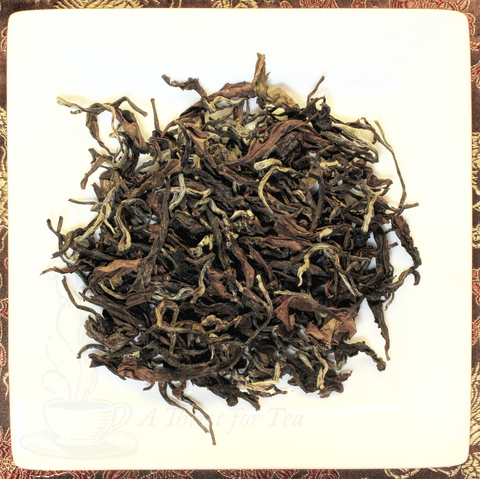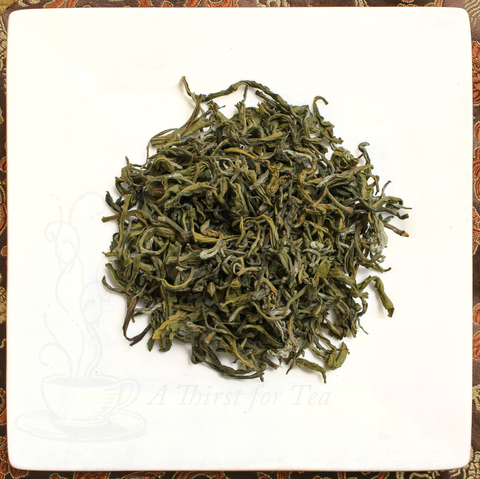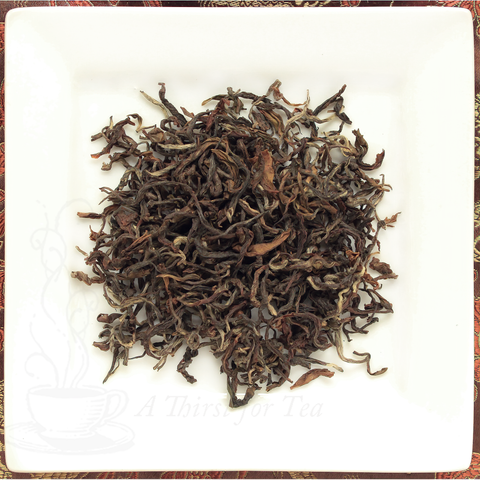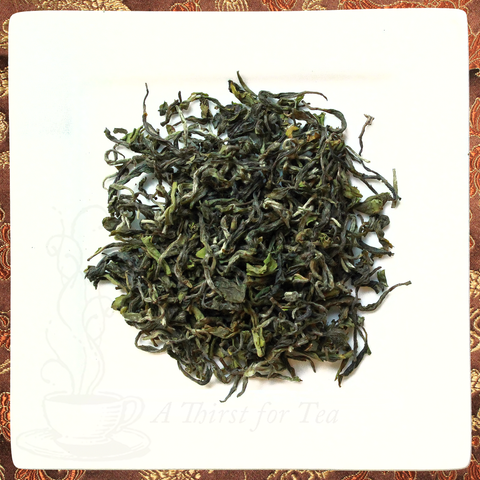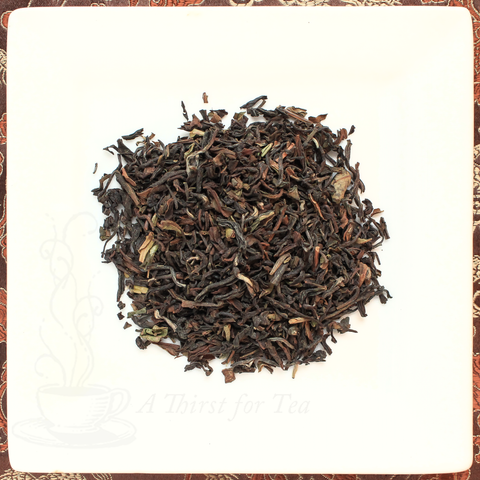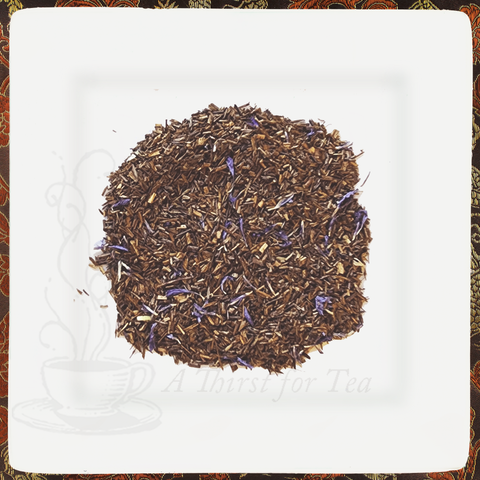Meng Ding Huang Ya, Special Grade Yellow Tea
$15.00Meng Ding Huang Ya, Special Grade Yellow Tea
$15.00- Gallery
- Description
- Meng Ding Huang Ya Background
- Meng Ding Huang Ya Preparation
- Reviews
Meng Ding Huang Ya, Special Grade Yellow Tea is one of only 3 yellow teas produced in China--albeit in the world. Our Meng Ding Huang Ya is made entirely from tea buds picked during the early spring to create a nutritious tea with a mild, sweet flavor & unique fragrance resulting from the complex processing methods. The dry leaf is a straight, flat perfectly intact leaf bud. The liquor is a bright golden yellow. The flavor is nutty & sweet with a slight sweetness of garden peas & an aroma that is vegetal but not grassy.
Ingredients: Artisan Yellow teaOrigin: Sichuan Province, China
Meng Ding Huang Ya is one of only three yellow teas produced in China--albeit in the world. It comes from the misty peaks of Mount Mengshan, in Sichuan Province where tea cultivation dates back to the Han Dynasty more than 2,000 years ago.
Our Meng Ding Huang Ya is made entirely from tea buds picked during the early spring to create a nutritious tea with a mild and sweet flavor and unique fragrance resulting from the complex processing methods. The dry leaf is a straight, flat perfectly intact leaf bud. The liquor is a bright golden yellow. The flavor is nutty and sweet with a slight sweetness of garden peas and an aroma that is vegetal but not grassy.
Only the leaves picked in the misty peak areas of Mount Meng and made in the traditional yellow tea making methods can be considered as authentic Meng Ding Huangya. Unfortunately, the great tea is now referred to as "living fossil of tea" and it has become more and more difficult to find authentic Meng Ding Huangya yellow tea each year. Many unscrupulous tea vendors will try to pass old green tea (once it loses its green color) off for Meng Ding Huangya. Try our Meng Ding Huangya and you will find the huge difference between the Meng Ding Huangya of yellow version and that of green version.
The first record of yellow tea production was during the Tang Dynasty (618-907) when it was designated a Tribute Tea. Yellow tea production methods were perfected during the Ming Dynasty (1368-1644) and it came into its prime time during the Qing Dynasty (1644-1911). Methods and techniques for producing yellow tea are very complicated, tedious and labor intensive so, as black and oolong tea gained in popularity yellow tea production gradually disappeared and by the 1940s was all but lost. It regained some modicum of popularity by 1972, however, only a very few tea masters possess the knowledge and skills to make it. As a result today it is exceedingly rare and very costly.
Yellow teas are made for the appreciation of Chinese locals and have never had a broad market presence. Growing out of an elaboration of green tea techniques, the process for making yellow tea is time consuming and difficult, giving it a mellower, sweeter and riper flavor than green tea, as well as a refreshing cool feeling that lingers in the throat. For the thousand kinds of green tea, there are only three kinds of yellow tea that survive today: Meng Ding Huang Ya, Huoshan Huang Ya, and Junshan Yinzhen. Recently consumer preferences have favored teas with vibrant green leaves and cup color. This market trend has contributed to the decline of yellow tea because it loses its verdant appearance in processing,
Yellow tea, like oolong, can be classified as a transitional tea. Unlike oolong which is somewhere between green and black tea, yellow tea is between green and dark tea. The difference is in the kind of oxidation/fermentation that occurs. The oxidation process for oolong and black tea is a result of the natural oxidation of the endogenous enzymes within the tea leaf itself, whereas in yellow and dark tea it is the process of hydrothermal oxidation and microbial fermentation. Specifically, with yellow tea it is a smothering or wrapping process. Traditionally, in the case of Huoshan Huanya, the tea was laid out and smothered for up to seven days. Today the process has been shortened significantly to only one day, making it much more similar to green tea. In the case of Junshan Yinshen the tea is wrapped in paper to give it its yellow color. After the complex processing, this lightly oxidized tea has a mild flavor without the grassy smell associated with green tea.
One of the objects, in fact, for making yellow tea is to remove the grassy smell of green tea while still maintaining the health qualities of green tea. Yellow tea is actually considered by some to be even healthier than green tea because it is easier on the stomach. Yellow tea is ideal for tea drinkers who like green tea but want to avoid stomach upset that can occur from drinking it. As a result of its slow fermentation process, yellow tea is considered by many to be very beneficial for the spleen and stomach. It is good at correcting indigestion, stimulating the appetite and helping with weight loss. In addition, after processing yellow tea retains up to 85% of its EGCG content. (EGCG is the catechin in tea that is valued for its anti-cancer and anti-inflammatory qualities.) Recent scientific studies have found that yellow tea is rich in tea polyphenols, polysaccharide, vitamins and amino acids and that it has been especially effective in the prevention and treatment of esophageal cancer.
Brewing Instructions
Water Temperature: 148-158 degrees
Water Quality: Best with Spring Water
Amount of Leaf (per 6 fl oz water): 1 rounded tsp. (2.5 grams)
Steep Time: 1-3 minutes
Number of Infusions: 3
Our Meng Ding Huang Ya may be prepared in a standard teapot, or in your favorite mug or lidded gaiwan. For best results, we recommend that you pre-warm your vessel, and place 2.5 grams of leaf per 6 oz of liquid, before infusing with 148-158 degree water for up to 1-3 minutes. As with all yellow teas, Meng Ding Huang Ya can be infused at least three times. Increase the time and temperature slightly with each subsequent infusion. Experimenting with your own temperatures and steeping times is encouraged. Cooler temperatures and shorter times yield more mellow, fruity elements, while hotter water and longer times produce more floral and full-bodied complexities. Always use the best-tasting water you can find, and adjust steeping times, quantity of leaves, and water temperature to your personal preferences.
We highly recommend brewing your tea in a teapot or mug with a removable infuser so that you can remove the leaves at the end of the steeping time. Whole leaf teas of this quality need room to unfurl and expand in the water in order to perform their "magic." If you don't have a removable infuser, you can brew the loose leaves directly in the pot. At the end of the steeping time, pour all of the tea into a warm serving pitcher or pot.
Meng Ding Huang Ya is also a tea perfect for brewing with cool water. The way is simple. Put an amount of Meng Ding Huang Ya into a pot and pour in the cool water using a tea/water ratio of 1:50. You can enjoy it after about two hours. Prepare such a pot of Meng Ding Huang Ya Tea in the morning. You can enjoy it for almost a whole day. (It is even more delicious when brewed this way.)





